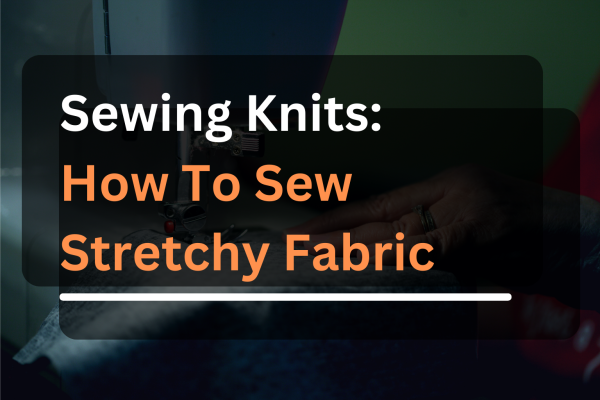A sewing machine table is a great way to create a dedicated space for your sewing projects, while also providing additional storage and organization. Building your own table can also be a fun and rewarding DIY project. Here are some plans and tips for building your own sewing machine table.
The first step in building a sewing machine table is to gather your materials and tools. You will need a table saw, a drill, a screwdriver, a level, a measuring tape, and a variety of woodworking supplies such as lumber, screws, and wood glue. You will also need to decide on the size and layout of your table. A standard size for a sewing machine table is around 36 inches wide by 60 inches long, but you can adjust the size to fit your needs and space.
Once you have your materials and tools, you can start cutting and assembling your table. Begin by cutting your lumber to the desired size for your table top and legs. Next, use wood glue to attach the legs to the top of the table. Make sure to use a level to ensure that the legs are even and that the table is stable.
For the storage and organization aspect, you can add a cabinet or drawers underneath the table top. This can be built using the same lumber and techniques as the table itself. You can also add a shelf or two above the table top to store your sewing supplies and thread.
Another feature that can be added to your sewing machine table is a lift mechanism, This can be added to the table top and will allow you to raise and lower your sewing machine as needed. The lift mechanism can be purchased or created using a pulley system and a weight or spring.
After your table is built, you can paint or stain it to match the decor of your room. You can also add fabric or foam to the table top for added comfort while you sew.
In conclusion, building a sewing machine table can be a fun and rewarding DIY project. With the right materials and tools, you can create a dedicated space for your sewing projects that includes storage and organization. You can also add lift mechanisms, drawers or shelves to make it more functional and personalize it to your needs. Remember to take safety precautions and measure twice before cutting.



